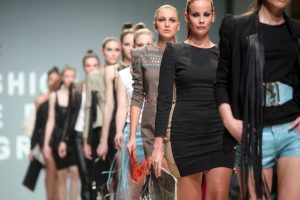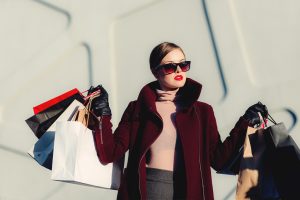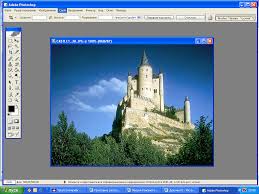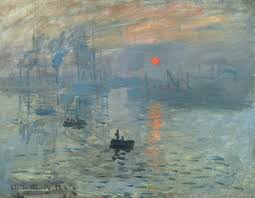tanya
TIPS FOR TAKING MOD SHOW
 Taking models on the catwalk is a skill that some take for granted, but few photographers do the job as well as they could. But your job at a fashion show is to somehow take perfect photos, while being in a crowd with other photographers, cliched like sardines in a bank, in a dark corner of a very hostile environment where most things are beyond your control.
Taking models on the catwalk is a skill that some take for granted, but few photographers do the job as well as they could. But your job at a fashion show is to somehow take perfect photos, while being in a crowd with other photographers, cliched like sardines in a bank, in a dark corner of a very hostile environment where most things are beyond your control.
Before we begin, remember that the purpose of catwalk photography is to provide a consistent set of quality images for designers or media publications covering an event in the fashion world. Qualitative!
how to photograph the catwalk fashion show
Now let’s move on to the specific ten tips (the order of significance is arbitrary). Continue reading
HOW TO OBTAIN BEST RESULTS BY REMOVING AN ULTRA-WIDE ANGLE LENS
 Today, most consumer DSLR lens kits are wide-angle. The 18 mm lens on the APS-C sensor camera (or 27 mm on the old 35 mm) is wide enough for most cases. Ultra-wide-angle lenses are characterized in that their focal length is less than 16 mm. It is here that new creative possibilities and new obstacles open up.
Today, most consumer DSLR lens kits are wide-angle. The 18 mm lens on the APS-C sensor camera (or 27 mm on the old 35 mm) is wide enough for most cases. Ultra-wide-angle lenses are characterized in that their focal length is less than 16 mm. It is here that new creative possibilities and new obstacles open up.
On crop sensor lenses, a focal length of 30-35 mm provides what we call the “normal” field of view, which is roughly equivalent to what the human eye sees. At 18 mm the field of view is almost two times wider, so it is possible to place many objects in the frame. At 12 mm you will again get 50% of the field of view, which is already very far from the “normal” – in this case, you need to turn your head to capture all the details. Continue reading
HOW TO PACK CORRECTLY PHOTO FOR DRAINS AND DO I NEED TO USE AN ARTIFICIAL INTELLIGENCE FOR THIS
 For a photographer who works with photo banks, high-quality images are half the success. In order for a photo to be commercially successful on stocks, it must be properly “packed”: the correct title must be selected for it and relevant keywords must be invented. In the language of drains, this is called “attribution” of the image. Without proper attribution, your picture, no matter how professional and fresh it may be, will simply be lost in a huge mass of stock images.
For a photographer who works with photo banks, high-quality images are half the success. In order for a photo to be commercially successful on stocks, it must be properly “packed”: the correct title must be selected for it and relevant keywords must be invented. In the language of drains, this is called “attribution” of the image. Without proper attribution, your picture, no matter how professional and fresh it may be, will simply be lost in a huge mass of stock images.
You need to know a few simple rules, practice in order to “get your hand”, and gain time and patience, because this work is painstaking and time-consuming. In addition, today there are many services that help automate this work. But ultimately, it’s up to you to work with content on your own or give a routine to neural networks. Continue reading



